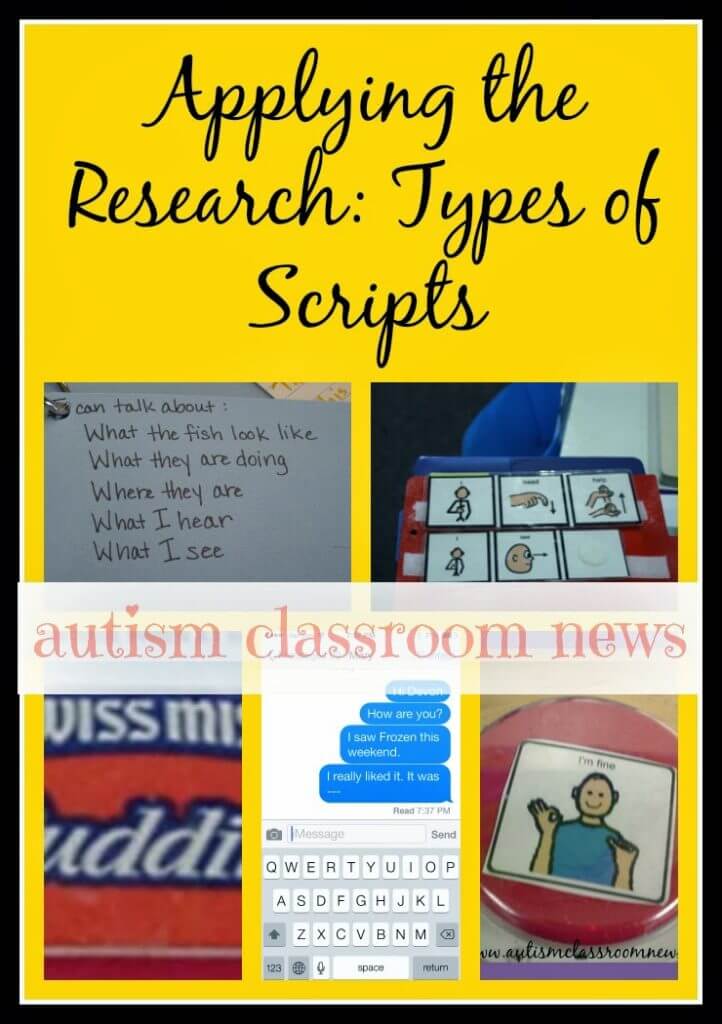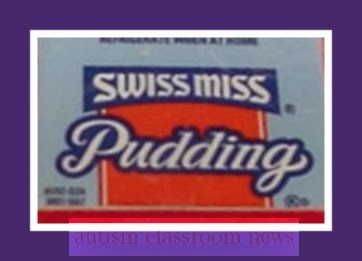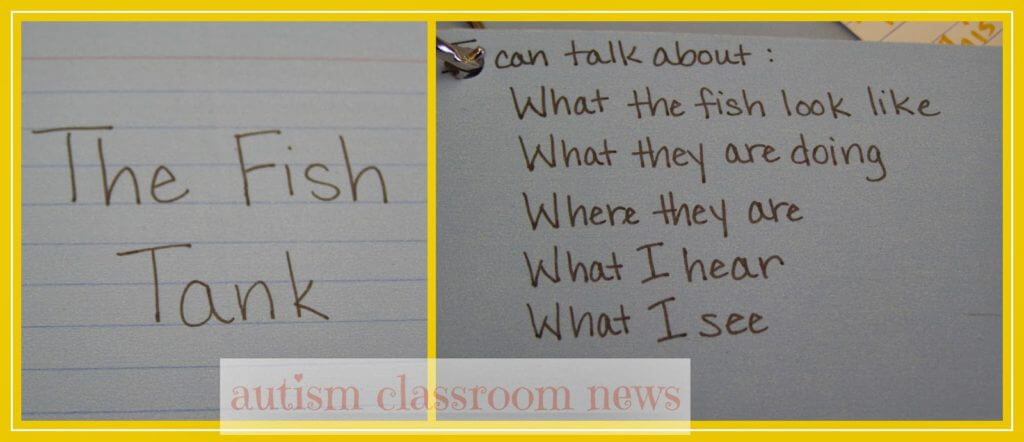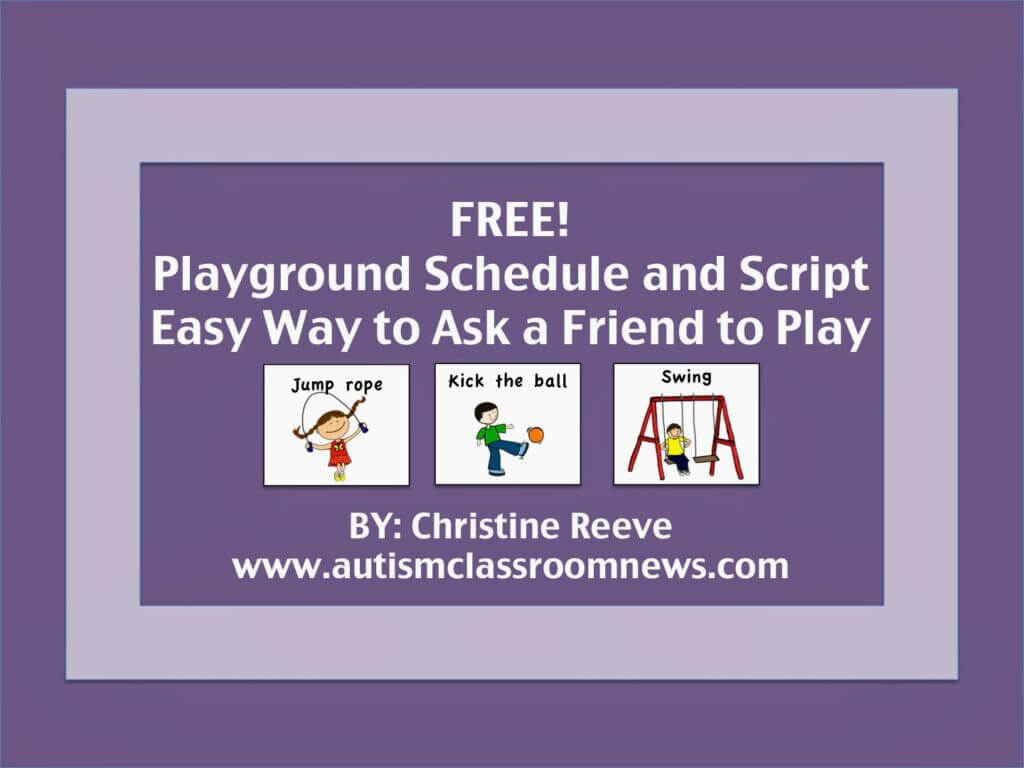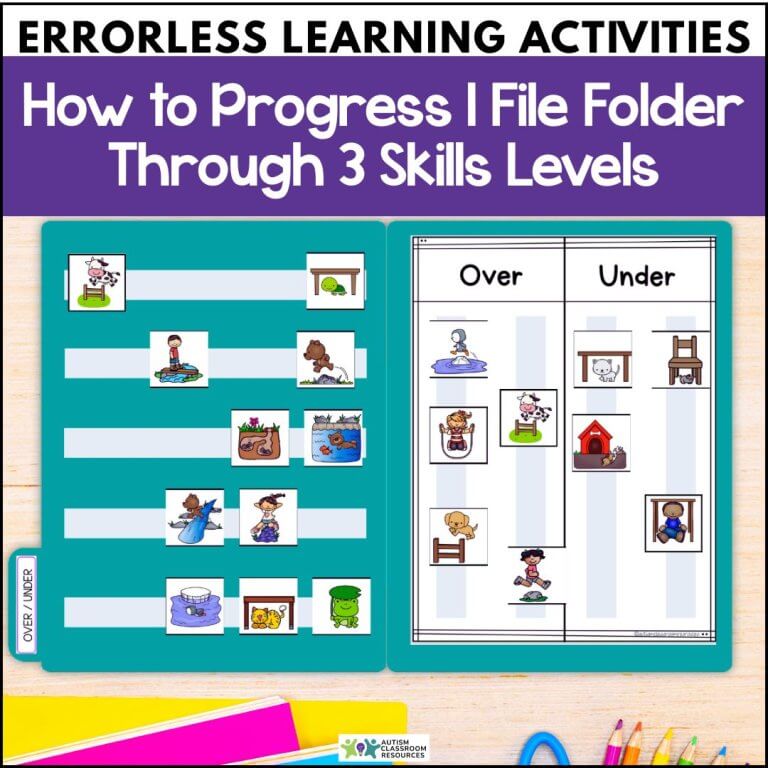Happy Valentine’s Day! Today I want to talk about types of scripts you can use and in this post I have a present for you related to scripts. At the bottom of the post you can find the links to the other posts in the Applying the Research series.
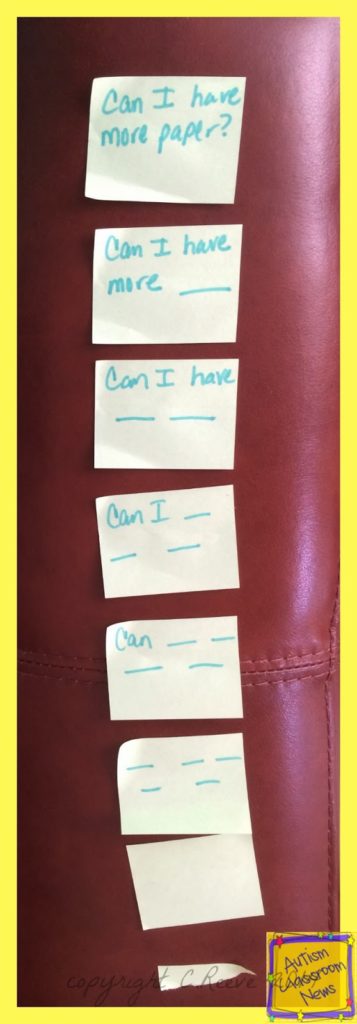
The research indicates there are lots of types of scripts that can be used effectively. One of the most common would be written scripts on paper. You can jot it down on a post-it note, and index card, or on a dry erase board. For students who can read, these types of scripts will work well and can be easily made on the fly. They are also easy to fade like when you make a series of post-its or just drop words off the text.
One study used food packaging / labels as part of a script for students who needed extra information. In that way, the script resembled the thing they were asking for.
For one student, to try to get more varied language from her in commenting, the teacher and SLP came up with a great idea of developing commenting cards. There were multiple places around the school they targeted, like the fish tank in her class. She and a peer would take a walk around the school each day and the peer would stop at a specific targeted area (e.g., bulletin board, fish tank) and wait for the student to make a comment. Sometimes the peer would comment first and sometimes the peer would just wait. As you can see in the picture, the student with ASD had a variety of scripts to choose from that gave her information of what she could say rather than an exact script. It actually worked with her and got her to generate some new language as comments.
This is an example of using texting as a script. The student can pull out his smart device and read the script. It’s also possible for the teacher to vary the script based on the conversation without having to be involved directly in the interaction.
For students who are not readers or not strong readers, audio scripts can be used using speech generating devices with the script. You could use something like a Bigmack as in this picture or you could use the recording on a tablet or smart phone.
You can use symbol scripts for students who need extra information than just the text. You can also make the symbols so that they can be exchanged for the different messages the students could request.
Until next time,


